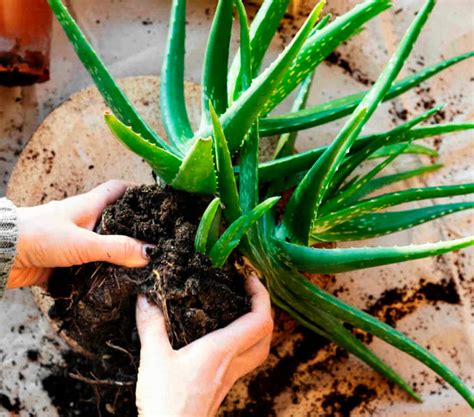How to Grow Aloe Vera: A Comprehensive Guide for Beginners and Experts
Aloe vera, the succulent known for its medicinal properties, is a popular choice for both indoor and outdoor gardening. Its striking appearance and versatility make it a desirable plant for many. But how do you successfully cultivate this amazing plant? This comprehensive guide will walk you through everything you need to know, from planting to propagation, ensuring healthy growth and a thriving aloe vera plant.
Understanding Aloe Vera's Needs
Before diving into the specifics of cultivation, it's crucial to understand the basic needs of an aloe vera plant. This knowledge forms the foundation for successful growth.
Light Requirements: Sunshine is Key
Aloe vera thrives in bright, indirect sunlight. While it can tolerate some shade, optimal growth occurs with at least six hours of sunlight daily. Direct, intense midday sun, however, can scorch its leaves. Therefore, finding a balance is key. For indoor plants, a south-facing window (in the Northern Hemisphere) is ideal, but ensure the plant isn't touching the glass.
Watering Wisely: Less is More
Overwatering is a common mistake that can lead to root rot and kill your aloe vera plant. Allow the soil to dry completely between waterings. During the growing season (spring and summer), water thoroughly but infrequently. Reduce watering significantly during the dormant season (fall and winter). The frequency will depend on your climate and the pot's size; feel the soil to determine its dryness.
Soil Selection: Well-Draining is Essential
Aloe vera needs well-draining soil to prevent waterlogging. A cactus and succulent potting mix is ideal, as it's specifically formulated to provide excellent drainage and aeration. You can also amend regular potting soil with perlite or sand to improve drainage.
Potting Considerations: Choosing the Right Container
The pot's size is critical. Choose a pot that's slightly larger than the plant's root ball, allowing for some growth. Ensure the pot has drainage holes to prevent water from accumulating at the bottom. Terracotta pots are a good choice as they allow for better air circulation and help prevent overwatering.
Planting Your Aloe Vera
Whether you're starting from a cutting or a purchased plant, the planting process is relatively straightforward.
Planting from a Cutting: Propagation Made Easy
Propagating aloe vera from a cutting is an easy and effective way to expand your collection. Select a healthy, mature leaf, allow it to callous over for a few days, and then plant it in well-draining soil. Keep the soil slightly moist until roots develop.
Planting a Purchased Plant: Getting Started
When planting a purchased aloe vera, carefully remove it from its container. Gently loosen the roots and plant it in a suitable pot with well-draining soil. Water it thoroughly after planting, but avoid overwatering.
Ongoing Care and Maintenance
Once planted, regular care is essential for maintaining a healthy aloe vera plant.
Fertilizing Your Aloe Vera: Feeding Your Plant
Aloe vera doesn't require frequent fertilizing. Feed it once or twice during the growing season with a balanced, diluted liquid fertilizer specifically formulated for cacti and succulents. Avoid over-fertilizing, as this can damage the plant.
Pest and Disease Control: Protecting Your Plant
Aloe vera is relatively resistant to pests and diseases, but it's important to monitor for any signs of infestation or infection. Common pests include mealybugs and spider mites. Treat any infestations promptly with an appropriate insecticide.
Repotting Your Aloe Vera: Giving Your Plant Space
Repot your aloe vera every 1-2 years, or when it becomes root-bound. Choose a slightly larger pot and use fresh, well-draining soil.
Harvesting Aloe Vera Gel: Utilizing the Plant's Benefits
Once your aloe vera plant matures, you can harvest its gel for its numerous health benefits. Carefully cut off a leaf close to the base, and then extract the gel.
By following these guidelines, you can successfully grow a healthy and thriving aloe vera plant, enjoying its beauty and benefits for years to come. Remember, patience and consistent care are key to success.
